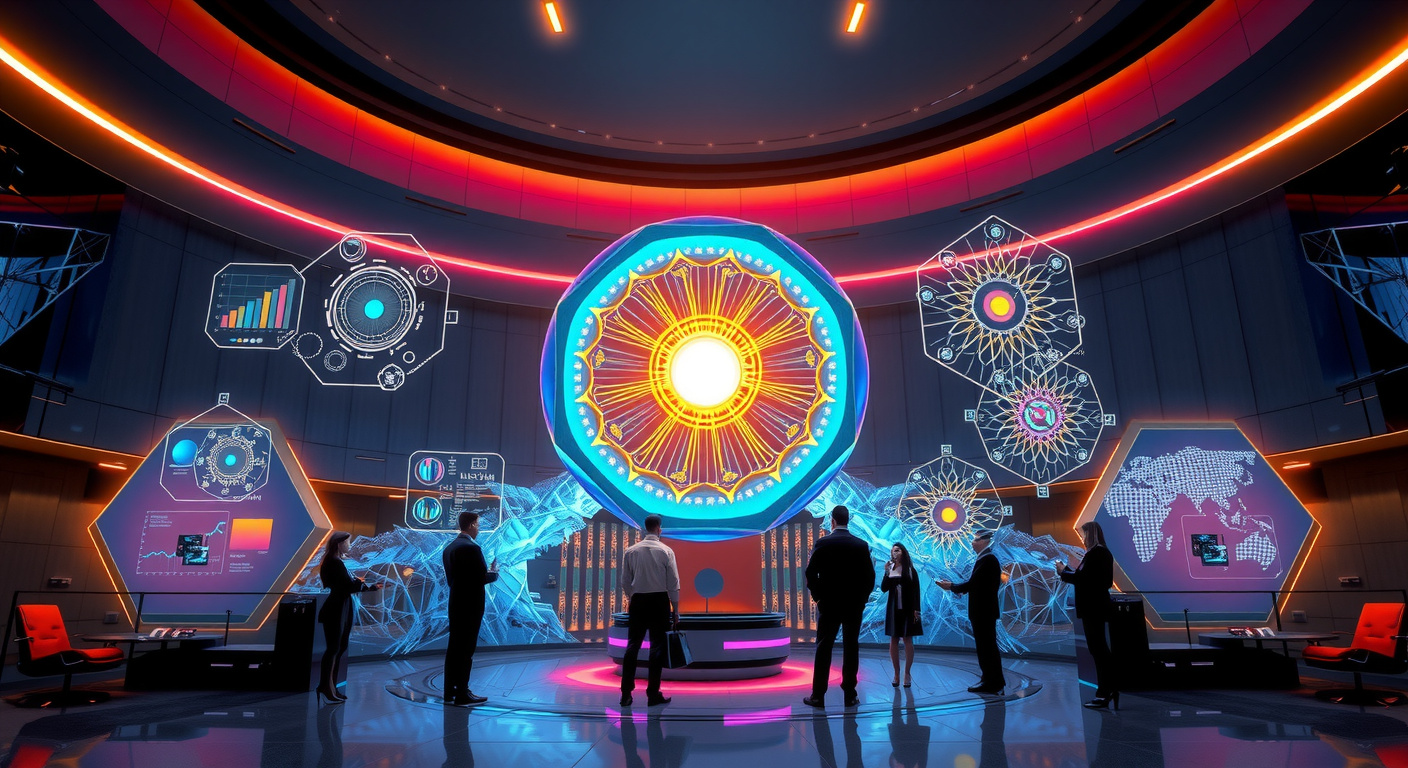Qvolv Technologies | LinkedIn

Introduction to Immersive Technologies
Imagine stepping into a world where digital and physical realities blend seamlessly—a realm where immersive technologies like AR (Augmented Reality), VR (Virtual Reality), MR (Mixed Reality), and AI (Artificial Intelligence) don’t just simulate experiences but reshape how organizations think, train, and operate. In today’s hypercompetitive landscape, innovation isn’t a luxury; it’s a necessity. These groundbreaking technologies unlock a new dimension of efficiency, enabling faster decision-making and more effective training methodologies that were once unimaginable. Yet, the leap from curiosity to practical application often feels daunting. Many companies find themselves overwhelmed, struggling to translate potential into results. But here’s the question: What if you could harness these tools to not only keep pace but lead the charge toward smarter, more adaptive operations? This article will guide you through that transformation, offering actionable insights and showcasing real-world examples that demonstrate the profound impact of immersive technologies across sectors. From enhancing frontline worker safety to revolutionizing remote collaboration, the possibilities are vast—and they’re unfolding now. Ready to explore how AR, VR, MR, and AI intertwine to forge the future of work and innovation? Stay with us, because next, we’ll delve into the foundational theories that power these technologies and reveal their sweeping influence on industries worldwide.
Immersive Technologies in Action: Theoretical Foundations
At the heart of immersive technologies lies a powerful blend of sensory engagement and interactive simulation, designed to dissolve the boundaries between the virtual and the real. The foundational theory emphasizes experiential learning—where users learn by doing, rather than passively absorbing information. This approach is particularly transformative in sectors where hands-on practice is crucial but costly or risky, such as aerospace, healthcare, and manufacturing. For example, organizations leveraging augmented reality (AR) for training have reported significant upticks in employee retention and engagement. This happens because AR doesn’t just layer digital visuals onto the real world; it creates a dynamic environment where trainees can experiment safely, receive real-time feedback, and build muscle memory faster than traditional methods allow.
Yet, it’s important to recognize that adoption isn’t without its hurdles. Budget limitations often pose a formidable gatekeeper, as immersive setups demand specialized hardware and software investments. Compounding this challenge is the skill gap—many companies lack personnel trained to develop, deploy, and maintain these sophisticated systems. Overcoming these barriers requires not only capital but a strategic mindset willing to embrace change and foster new capabilities internally.
A compelling illustration of these concepts in action comes from a leading aerospace firm that implemented AR-driven simulated training for maintenance crews. The results were revealing: training time shrunk by 30%, while employee confidence soared by 40% post-training. This dual impact not only boosted operational readiness but also contributed to a safer, more efficient workplace culture. Such metrics underscore the tangible value that immersive technologies bring—transforming theoretical frameworks into measurable improvements.
As you consider these insights, reflect on your organization’s current capacity: Are you ready to break through traditional training limitations and empower your workforce with immersive solutions? The next section will dive into a mini-case that vividly contrasts pre- and post-implementation realities, showing how immersive technologies can catalyze profound change. Keep reading—real-world transformation awaits.